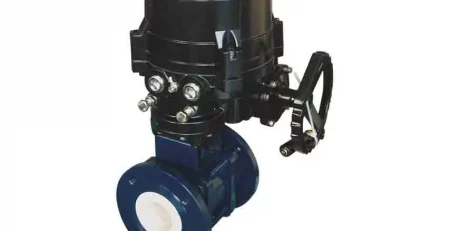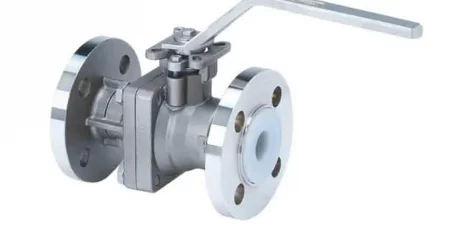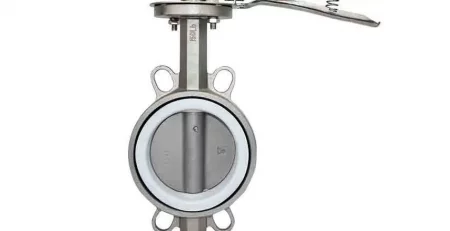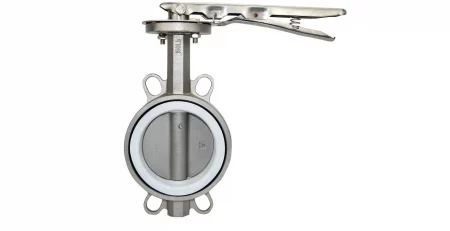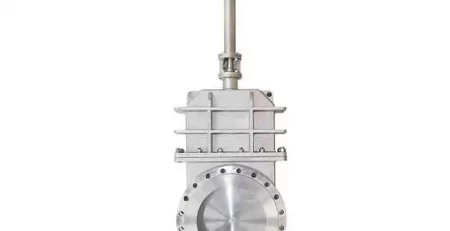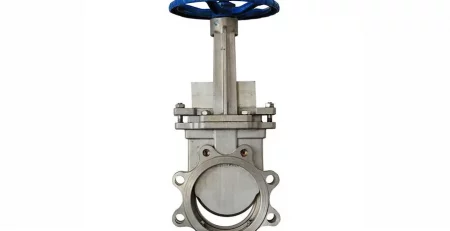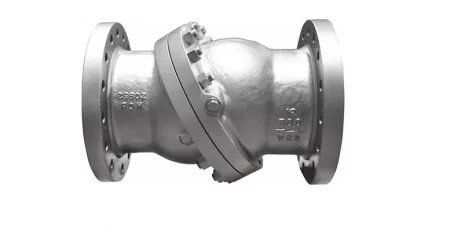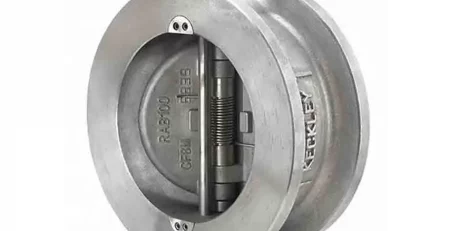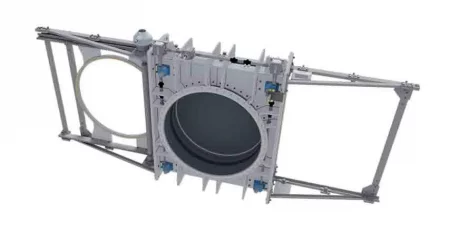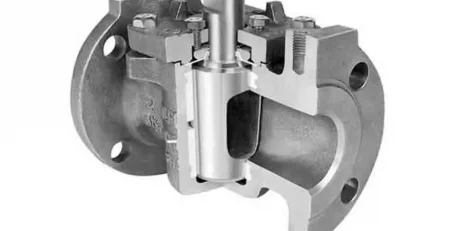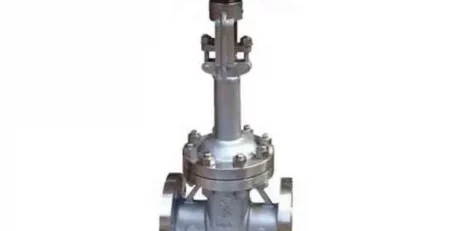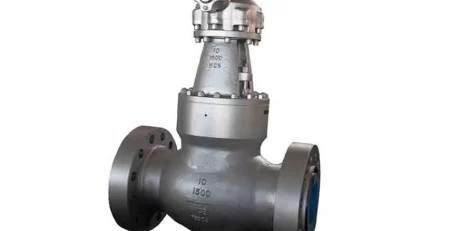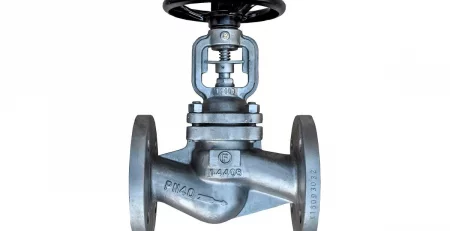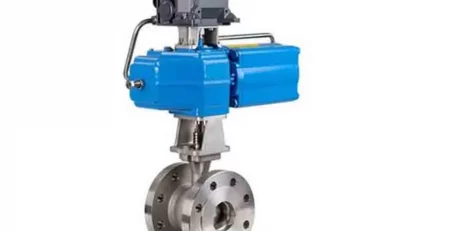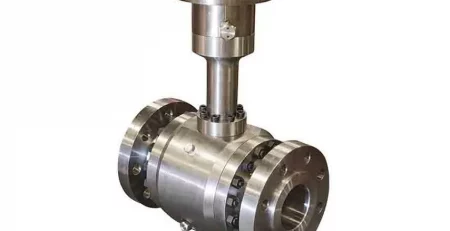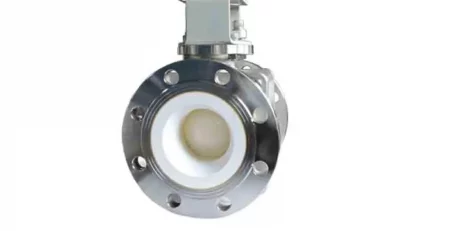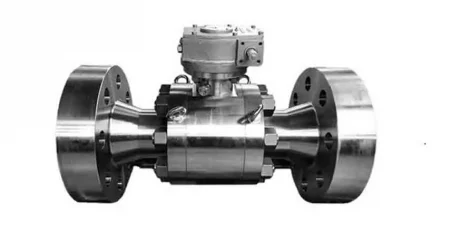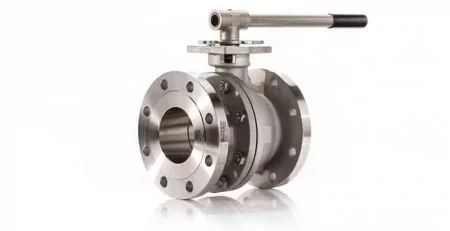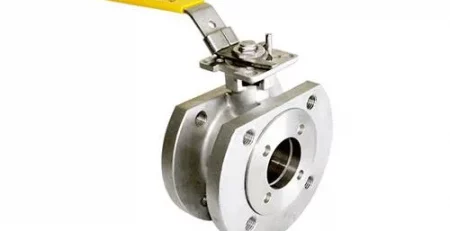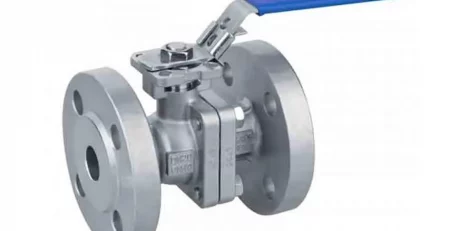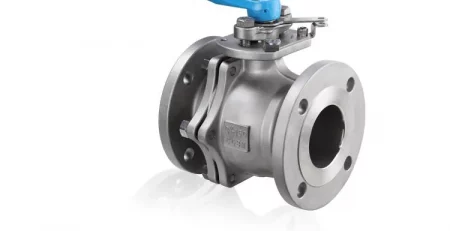Certain operating conditions involve highly abrasive fluids. In such environments, coatings like Chromium Carbide or Tungsten Carbide applied to the inner surfaces of the valve may prove insufficient.
In these scenarios, valves with fully ceramic-coated inner surfaces may be more suitable. Although these products are more costly than other valves, their suitability is determined by analyzing parameters like flow rate and pressure class. We assess whether turbulence occurs in the fluid and confirm the appropriateness of using ceramic materials.
The type of ceramic alloy used in Ceramic Gate Valves may also vary depending on the fluid and pressure values. While the custom manufacturing of these valves is more challenging than other types, we can accommodate such needs based on the number of valves required.
Ceramic Gate Valves are particularly favored in metallurgical plants, mining, petrochemical, and chemical industries.
In Ceramic Gate Valves, materials like Al2O3 ceramic coating and ZrO2 can be used for the body. Ceramic Ball Valves are manufactured in two or three-piece configurations.
Our Ceramic Gate Valves can be supplied with all required equipment, such as actuators, solenoids, and air filter regulators. If the valve lifespan in your current process is short, you can consult HG-Stahl for solutions.
HG-Stahl Ceramic Gate Valves not only resist abrasive fluids but also demonstrate high durability against high temperatures and aggressive chemicals. Specifically, ZrO2 (Zirconia)-coated models provide reliable performance at temperatures up to 1000°C due to their high thermal shock resistance. This feature is especially advantageous in steam lines and chemical processes with intense acid-base reactions. Moreover, ceramic materials, unlike metal surfaces, are not prone to corrosion, enabling long-term use in acidic or alkaline environments. In this way, ceramic gate valves reduce maintenance costs and enhance efficiency in operations where they are utilized.

